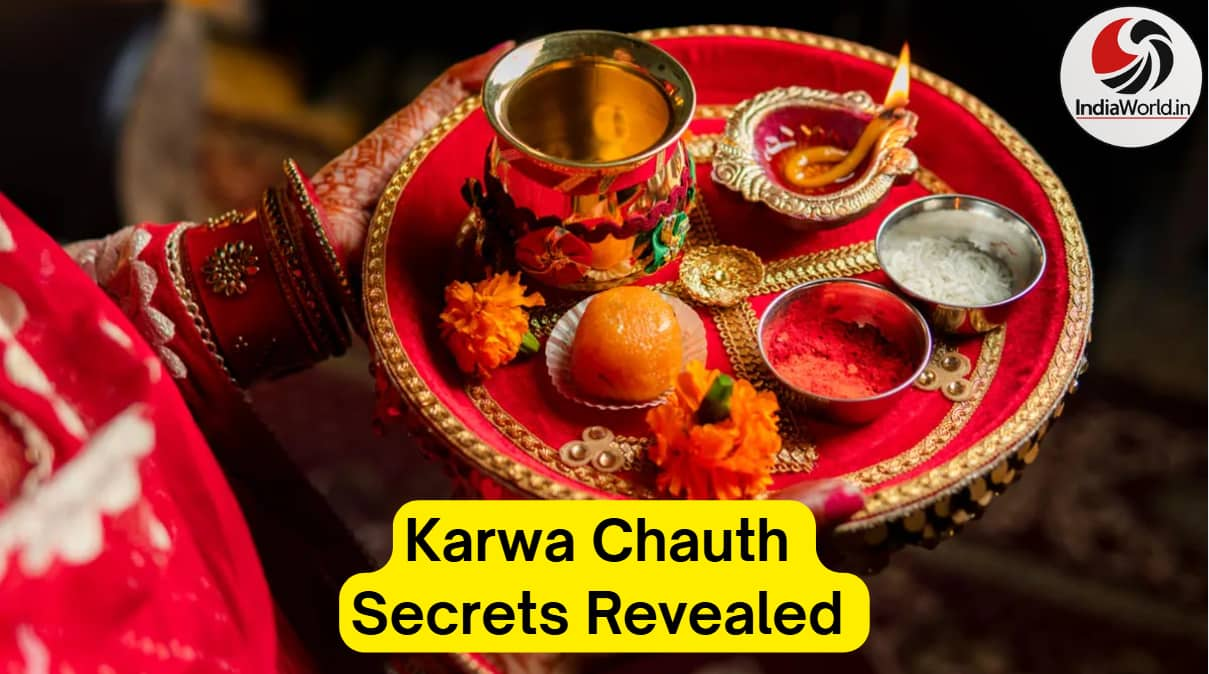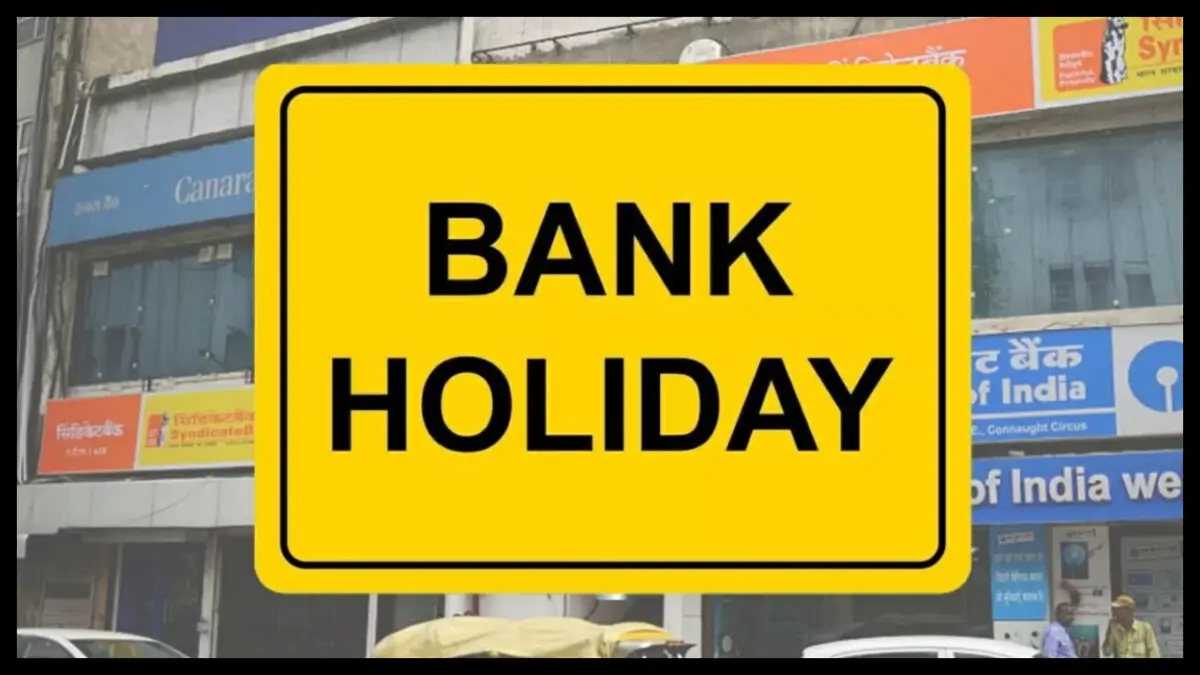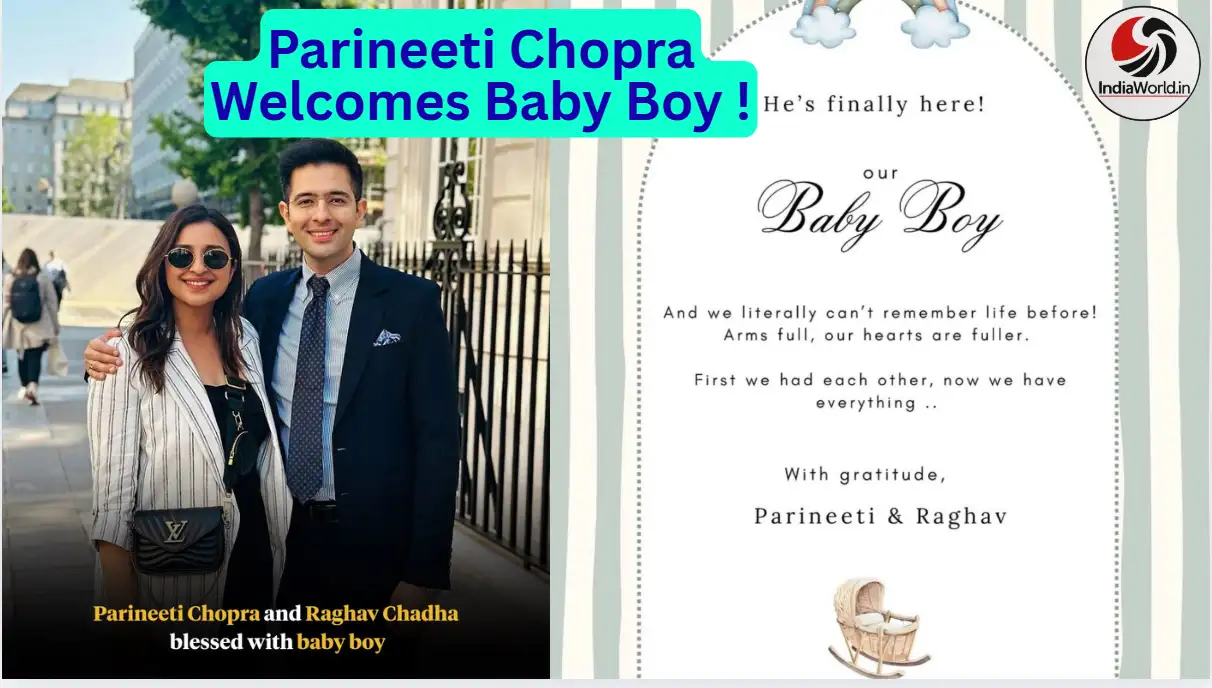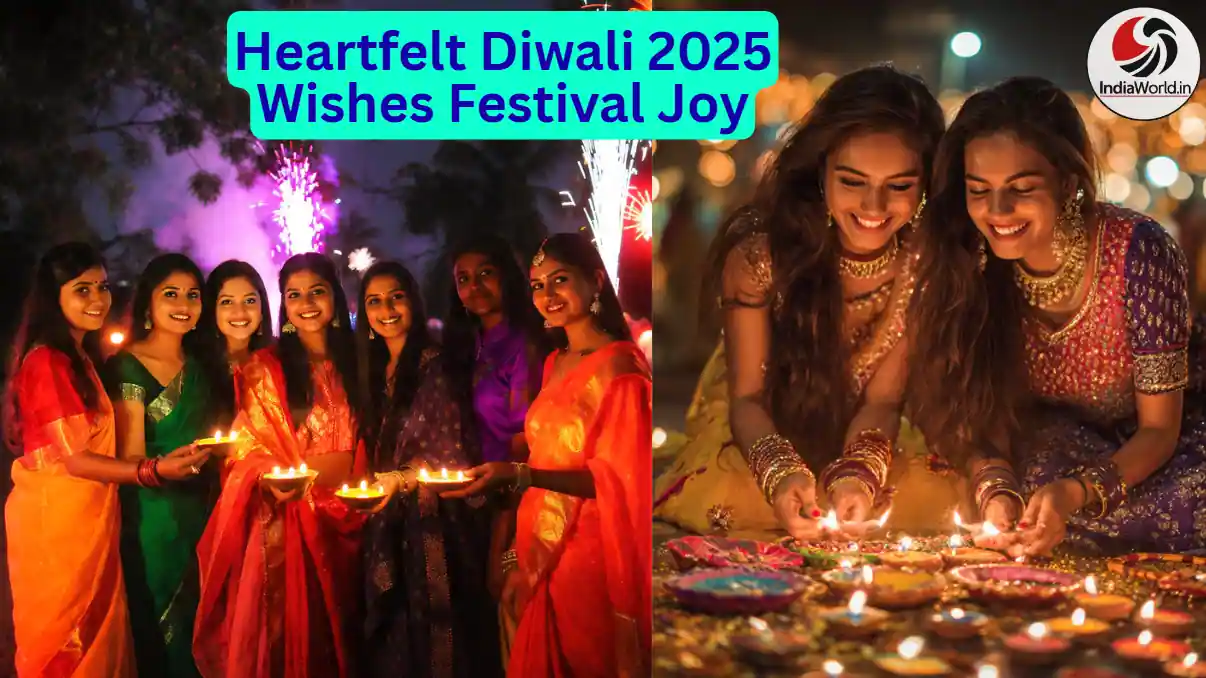Karwa Chauth 2025: Why Women Worship Lord Ganesha on This Day
The Real Meaning of Karwa Chauth
Karwa Chauth is not just an old tradition anymore. It has become a modern celebration of love, devotion, and togetherness.
On this day, married women fast for the long life and happiness of their husbands. Yet, this festival is not only about fasting — it’s also about faith, blessings, and deep emotional connection between couples.
In recent years, films and TV shows have turned Karwa Chauth into a romantic celebration. But the truth behind this ritual is much deeper and spiritual.
Karwa Chauth in Narad Purana
According to Narad Purana, the fast of Karwa Chauth is known as Karaka Chaturthi. It falls on the fourth day of the dark fortnight (Krishna Paksha) in the month of Kartik.
Sage Narada explains that all Chaturthi days belong to Lord Ganesha. Worshipping Him brings fortune, success, and prosperity.
Narada also explains the purpose of every month’s Chaturthi fast — who should perform it, and which form of Ganesha should be worshipped. Some fasts are meant for men, others for women, and some for both husband and wife together.
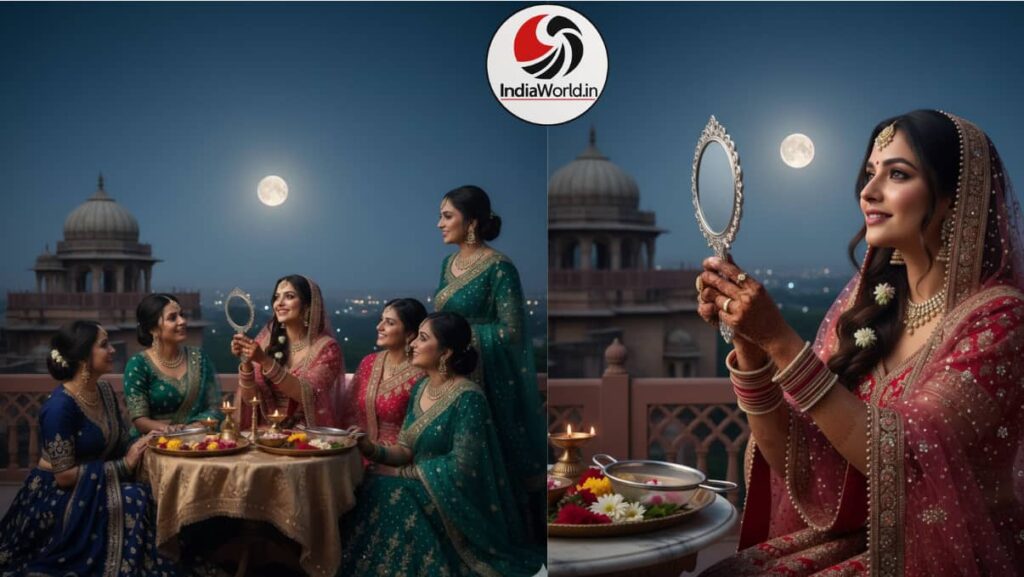
Why Karwa Chauth Is So Auspicious
The month of Kartik is considered sacred and lucky for married women. It is believed that during this month, Goddess Parvati blesses women with happiness and long-lasting marriages.
The connection of Lord Shiva, Goddess Parvati, and their son Kartikeya makes this time highly divine.
Kartik month is also filled with auspicious festivals — like Ahoi Ashtami, Dhanteras, Diwali, and Kartik Purnima. Each event adds spiritual power and prosperity to this period.
The Ritual of Karwa Chauth Explained
In Narad Purana, Sage Narada clearly describes the Karwa Chauth ritual.
He says — on Kartik Krishna Chaturthi, married women should bathe, wear clean clothes, and adorn themselves with jewelry.
They must place ten small earthen pots (Karwas) filled with sweets and food in front of Lord Ganesha and offer them with devotion.
While offering, they should pray —
“May Lord Kapardi Ganesha bless me with eternal happiness and marital bliss.”
After this, women should distribute these Karwas respectfully among married women and Brahmins.
At night, they offer water (Arghya) to the Moon and then complete the fast by eating sweets and food.
According to the Purana, this fast should be observed for 12 or 16 years, or lifelong for those seeking continuous blessings.
Read also : Karwa Chauth : 5-Min Mehndi Hack Saves ₹1000
Why Lord Ganesha Is Worshipped on Karwa Chauth
This fast is actually a form of Lord Ganesha’s worship.
In the Purana, Lord Ganesha is called Kapardishwar, the protector of women’s fortune and happiness.
Offering ten Karwas filled with sweets to Him is symbolic — each Karwa represents a wish for long life, prosperity, and family joy.
That’s why it is called Karwa Chauth — “Karwa” meaning pot, and “Chauth” meaning the fourth day.
Popular Stories Behind Karwa Chauth
Over time, many local stories became linked with this festival:
- The Legend of Karva Mata – A devoted wife who saved her husband from Yama, the God of Death.
- The Merchant’s Daughter – A woman who broke her fast early and lost her husband, but revived him through Ganesha’s grace.
- Veeravati’s Tale – A Punjabi story of a young bride who mistakenly broke her fast before moonrise and faced tragedy.
- Draupadi and Arjuna’s Story – Some say Draupadi observed Karaka Chaturthi to bring victory to Arjuna in battle.
- Savitri and Satyavan’s Story – Though linked to Vat Savitri Puja, it is often retold as a symbol of a wife’s devotion.
These tales shaped the belief that fasting on Karwa Chauth ensures a long life for one’s husband.
How Karwa Chauth Was Celebrated Traditionally
In earlier times, the fast was simple and full of community spirit.
Women would collect five small lumps of clay from their courtyards or fields.
They would sprinkle Ganga water on the clay and form idols of Lord Ganesha and Goddess Gaura Mata.
These idols were worshipped with local songs, prayers, and offerings — not just for their husbands but for the entire family and nature.
This practice reflected India’s deep bond with nature.
Phrases like “Mitti ke Madhav” (clay idols of God) and “Gobhar Ganesh” still remind us of that sacred connection between devotion and the earth.
Modern Karwa Chauth: From Faith to Fashion
Today, Karwa Chauth has transformed.
While its roots lie in devotion and spirituality, it has also become a celebration of love and romance.
Social media, films, and advertisements now portray it as a glamorous event with designer sarees, decorated thalis, and moonlit selfies.
But behind the modern sparkle lies the same age-old message — faith, love, and the unbreakable bond of marriage.
Spiritual Message of Karwa Chauth
The fast of Karwa Chauth reminds us that love and devotion go hand in hand.
Whether one keeps the fast for tradition or for love, it connects people to faith and gratitude.
It teaches discipline, patience, and the beauty of prayer.
Above all, it honors Lord Ganesha, the remover of obstacles, and Goddess Parvati, the symbol of eternal love.
